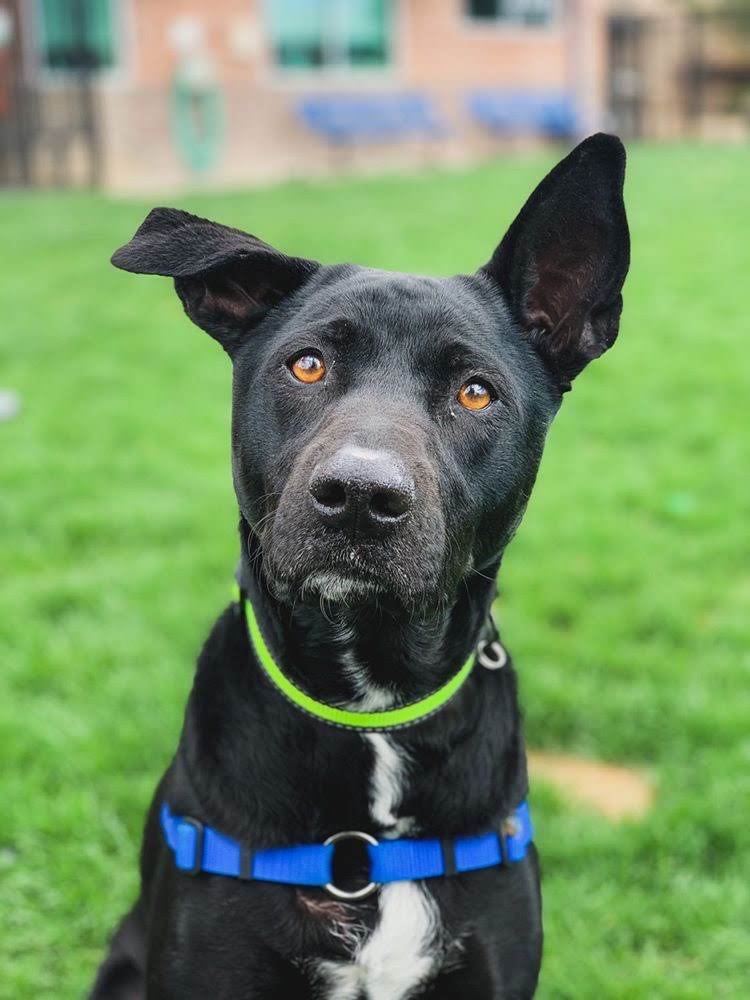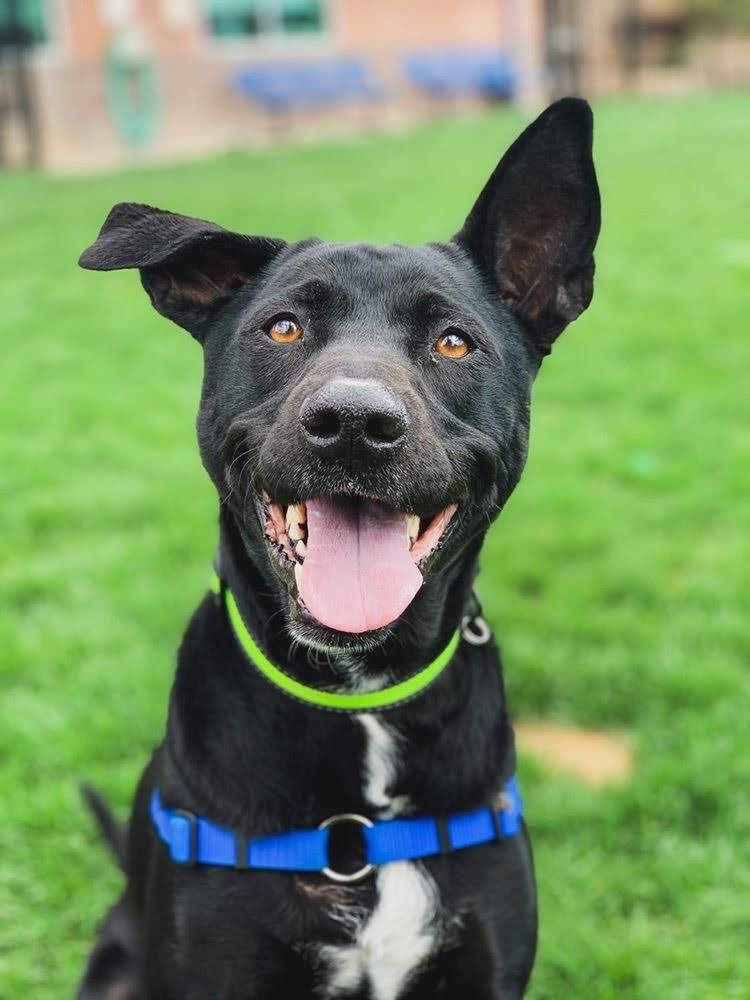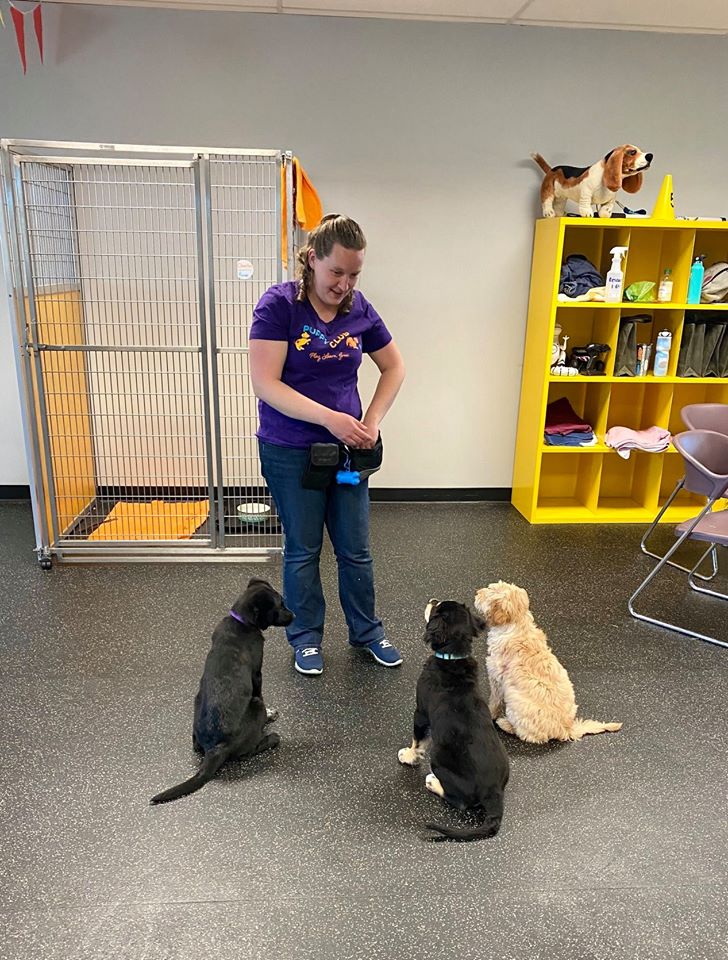Allison Hartlage, CTC, KPA CTP, CBCC-KA, CNWI
Director of Animal Training & Behavior
Typically when people set out to train a dog (or cat or any other animal!) they have a few goals in mind. Their goals may sound like “ I want my dog to stop…” or “ If only my dog would/could…”. After training dogs professionally for over a decade, I believe there’s a common undercurrent to what most people seek through training (although they may, on the surface, not be aware of it): trust, agreed upon boundaries (both parties understand what is expected!) and common communication. The big question is: how do you get there?
Research has shown time and time again that the use of reward-based, force-free strategies to train animals is just as effective as using any other method. Furthermore, force-free strategies are more humane (and fun!) and less likely to create negative fallout or damage to the relationship between pet and guardian.
Webster’s dictionary defines trust as: one in which confidence is placed; to commit or place in one’s care or keeping; to permit to stay or go or to do something without fear or misgiving. I would argue that the only way one party in a relationship can trust another party is through a history of positive outcomes. Likely, the more positive outcomes, the more trust.
Most of us can say from experience that we repeat behaviors that are followed by things we’d consider to be positive, and conversely, that we avoid behaviors that result in things that are unpleasant or scary. Super simply put, through reward-based training we pair behavior we want more of with things the learner finds desirable. This last part – with things the learner finds desirable is critically important –what each learner finds reinforcing differs, as we are all individuals. To know whether a learner finds something rewarding or punishing, we watch their behavior. If you pat your dog on the head and they duck, I would expect that the next time you reach to touch their head, they would avoid you patting them on the head as this is likely punishing/unpleasant for them (based on behavioral observation). For another dog, this may be incredibly reinforcing, some may even call it “pleasant.” If we believe that the second dog enjoys the pat on their head, we would likely observe this dog moving closer to your hand when you extend it or loosening their body, mouth or face when you reached toward them. To dive deeper into this, you can check out this article by trainer Pat Miller.
We also all know that life and learning isn’t without punishment or unpleasantries- we all likely experience things we dislike or find unpleasant on a weekly, if not, more frequent basis. With that said, the point here is that we should all strive (in every relationship) to teach and communicate in a way that does not involve threats, force, or intentional use of fear, pain or harm as a motivator to get what WE want. Have you ever been on the receiving end of this type of behavior from a teacher? If so, how did it make you feel about that individual and separately, about your enthusiasm for learning that topic or in that environment?
According to world-renowned applied behavior analyst Dr. Susan Friedman, “The commitment to using the most positive, least intrusive, effective interventions allows us to think before we act, so that we make choices about the means by which we accomplish our behavior goals. In this way, we can be both effective and humane. This is the minimum standard of care we should stretch to meet on behalf of the welfare of companion animals and caregivers alike.” I believe this is something we should all aspire to- learners of all species deserve to make errors safely—this is what we would want for ourselves, and therefore should provide for our pets whom we have been entrusted to care for physically and emotionally.



